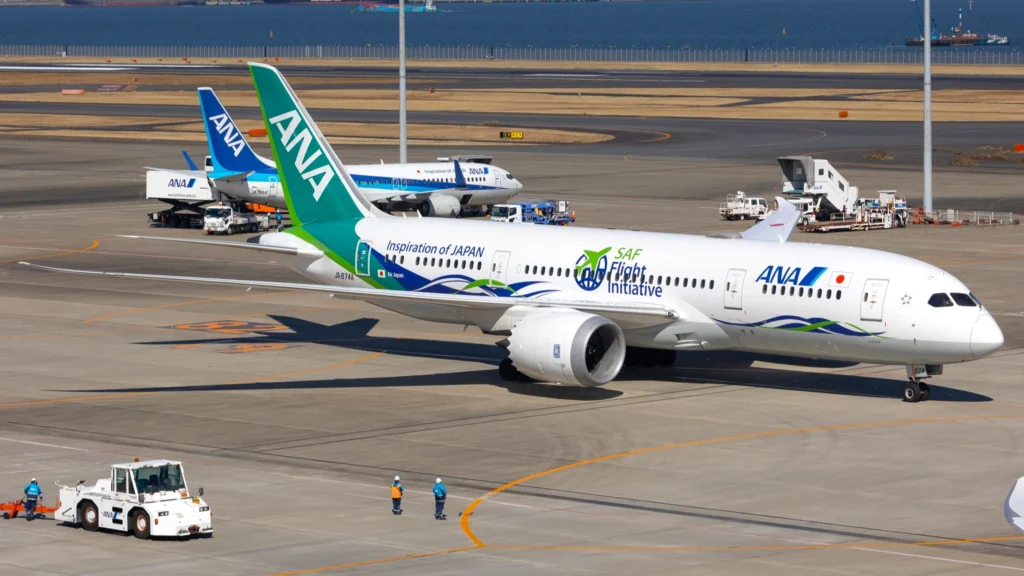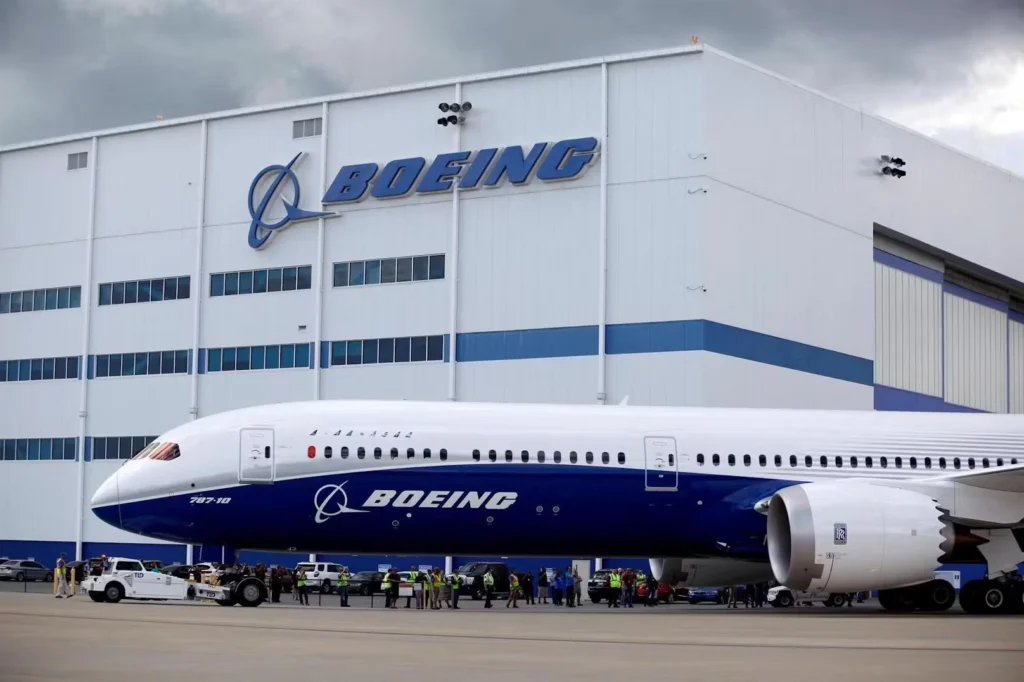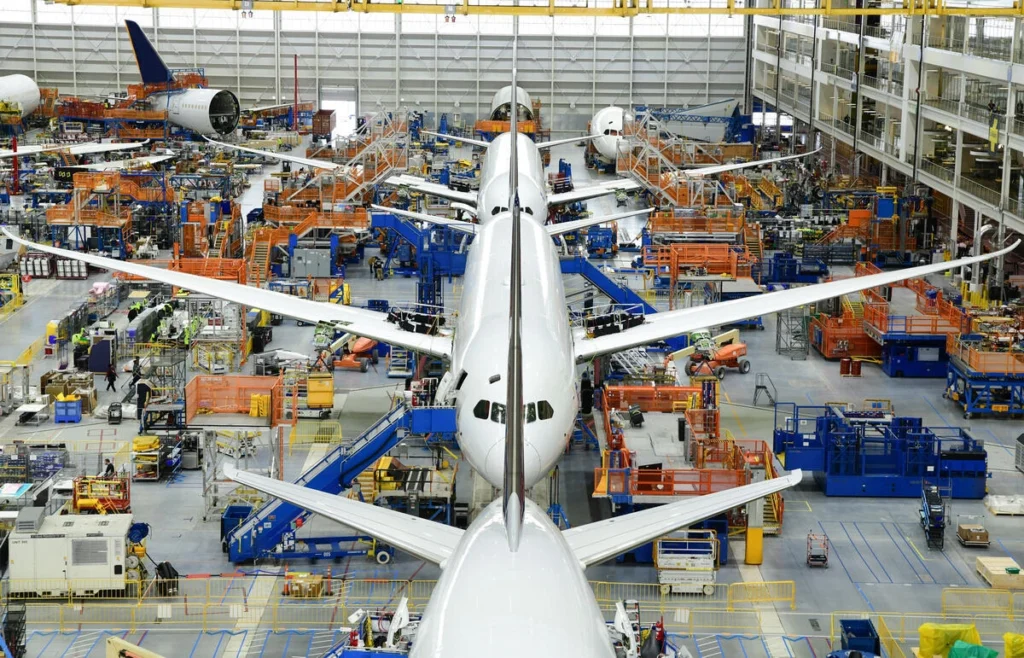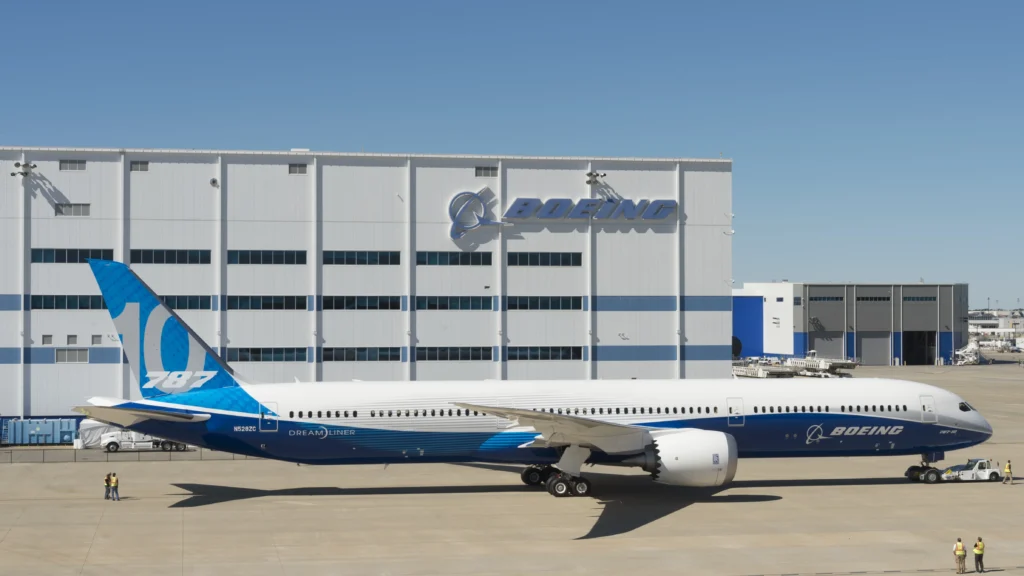
NORTH CHARLESTON- American Aerospace Giant Boeing announced that its pioneering 787 Dreamliner fleet has transported over one billion passengers faster than any widebody commercial airplane in history, achieving this milestone in under 14 years since entering service.
The global fleet of more than 1,175 Dreamliners has completed nearly 5 million flights covering over 30 million flight hours.
All Nippon Airways (NH) became the first airline to operate the 787 Dreamliner commercially in 2011, with initial service between Tokyo Haneda Airport (HND) and Okayama Airport (OKJ). Since then, the aircraft has connected passengers through major global hubs including London Heathrow Airport (LHR) and Singapore Changi Airport (SIN).
 Photo: Kwok Ho Eddie Wong | Flickr
Photo: Kwok Ho Eddie Wong | FlickrBoeing 787 Flew a Billion Passengers
The 787 Dreamliner has fundamentally transformed the aviation landscape by enabling airlines to efficiently operate previously unprofitable long-haul routes.
With its exceptional fuel efficiency and extended range capabilities, carriers have established more than 425 new nonstop routes, connecting cities that previously required multiple stops or weren’t served at all.
“This milestone would not have been possible without the trust and confidence of our customers in operating the 787, and we are incredibly grateful for each of them,” said Scott Stocker, Boeing 787 program vice president and general manager.
The 787 Dreamliner family was designed to connect people and places like never before. Flying over 1 billion passengers in this relatively short time is a testament to how the airplane has delivered on its promises to transform air travel with operational versatility, efficiency and comfort.”
Scott Stocker, Boeing 787 program vice president and general manager
The aircraft’s operational capabilities have made it particularly valuable for airlines like Qantas Airways (QF), which operates the longest nonstop 787 route from London to Perth spanning 7,829 nautical miles.
At the other extreme, TUI Airways (BY) utilizes the Dreamliner for shorter high-demand routes including the 65 nautical mile hop between Aruba and Curaçao.
 Photo- Heute; Wikimedia Commons
Photo- Heute; Wikimedia CommonsUnprecedented Operational Performance
The Dreamliner’s commercial success is reflected in its position as the bestselling passenger widebody in aviation history, with more than 2,000 orders from 89 airlines, operators, and lessors. The aircraft operates across more than 85 countries and serves over 520 airports worldwide.
On a typical day, the global 787 fleet conducts approximately 2,100 flights, transporting roughly 480,000 passengers daily – about 14.5 million people monthly.
Each Dreamliner averages more than 12 hours in the air daily, demonstrating exceptional reliability and operational efficiency that airlines depend on for their most demanding routes.
In 2024, the 787 Dreamliner operated more than 25% of all long-haul flights (8-16 hours, per IATA definition), highlighting its critical role in efficiently connecting distant destinations.
The aircraft has become particularly dominant on high-frequency Asian routes, with the Tokyo Haneda (HND) to Osaka Itami (ITM) corridor being the most frequently served.
 Photo: Boeing
Photo: BoeingEngineering Excellence
The 787 represents Boeing’s first commercial airplane constructed primarily from carbon fiber composites, with approximately 50% of its weight comprised of these advanced materials. This revolutionary approach to aircraft design has delivered multiple benefits, including significant weight reduction, improved structural strength, and enhanced corrosion resistance.
Passengers experience tangible improvements when flying on the Dreamliner, including the largest windows on any commercial widebody aircraft, a quieter cabin environment, improved humidity levels, and lower cabin altitude pressurization. These features combine to reduce passenger fatigue and enhance comfort during long-haul journeys.
The Dreamliner is 25% more fuel efficient than the aircraft it replaces, achieved through its innovative composite construction, advanced engines, efficient systems applications, and modern aerodynamics. This efficiency translates to reduced environmental impact and lower operating costs for airlines.
 Photo: Boeing
Photo: BoeingA Global Aviation Phenomenon
The scale of one billion passengers is difficult to comprehend. If these travelers stood in line to board at the same time, spaced three feet apart, the queue would wrap around Earth approximately 23 times.
With each Dreamliner comprising about 2.3 million parts, reaching one billion parts would require the assembly of nearly 435 aircraft.
Several global carriers have embraced the entire 787 family, with Air Canada (AC), All Nippon Airways (NH), British Airways (BA), Korean Air (KE), Qantas Airways (QF), and United Airlines (UA) ordering all three variants: the 787-8, 787-9, and 787-10.
As aviation continues to evolve, Boeing projects that the commercial market will require approximately 8,000 new widebody airplane deliveries over the next two decades to support fleet growth and replacements.
About 80% of that demand is expected to be for small and medium widebodies like the 787 Dreamliner.
Stay tuned with us. Further, follow us on social media for the latest updates.
Join us on Telegram Group for the Latest Aviation Updates. Subsequently, follow us on Google News
Boeing 777X Launch Can Be Delayed Amid US Trade War
The post Boeing 787 Dreamliners Flew Over One Billion Passengers appeared first on Aviation A2Z.












